Workplace safety is evolving. With technological advancements, increasing regulatory pressures, and a heightened focus on preserving human life, the need for comprehensive safety services has never been more paramount. At the heart of this evolution lies STC’s Managed Safety Services, an approach that promises to reshape the future of safety compliance and risk management. Here’s everything you need to know to get started with STC today:
Access to Expertise: Your On-Demand Safety Team
Businesses often grapple with resource constraints when managing workplace safety and adhering to stringent OSHA guidelines. Recognizing this challenge, Safety Training & Compliance offers organizations a unique solution: a dedicated team of safety experts, ready to intervene whenever needed. Instead of stretching thin or hiring additional personnel, companies can now lean on STC. This team not only identifies and understands potential safety risks but also crafts and implements effective risk solutions tailored for every business’s unique requirements.
Scaling Safety with STC: Beyond Size and Scope
As industries expand, so does the complexity of their safety needs. Regardless of a company’s size or the intricacy of its operations, STC is equipped to meet these demands head-on. The increasing intricacies of regulations, from OSHA to DOT, have prompted businesses to reconsider their in-house safety strategies. STC’s Managed Safety Services rise to the occasion by either supplementing or entirely managing the daily safety tasks. This partnership ensures continuous progression, adherence to specific safety mandates, and, most importantly, a safer workplace environment.
Cost-Effective Compliance: A Practical Approach to Safety
The multifaceted nature of safety compliance can be daunting. From record-keeping and audits to setting safety metrics and implementing behavior-based safety practices, the list is exhaustive. STC offers a pragmatic solution: managing specific functions or the entirety of a company’s compliance programs. This approach not only ensures adherence to the latest regulations and industry best practices but also proves to be a more cost-effective alternative to in-house hiring.
In a world where workplace safety is paramount, STC’s Managed Safety Services stand out as a beacon of hope. Businesses now have access to an unparalleled collective knowledge pool, ensuring continuity in safety culture and timely responses to ever-changing requirements. STC is not just a service provider, it’s a partner in creating safer workplaces, preserving human life, and promoting educational advancements in safety. Want to learn more about the future of workplace safety? Check out our blog today!
Photo Sourced from STC

